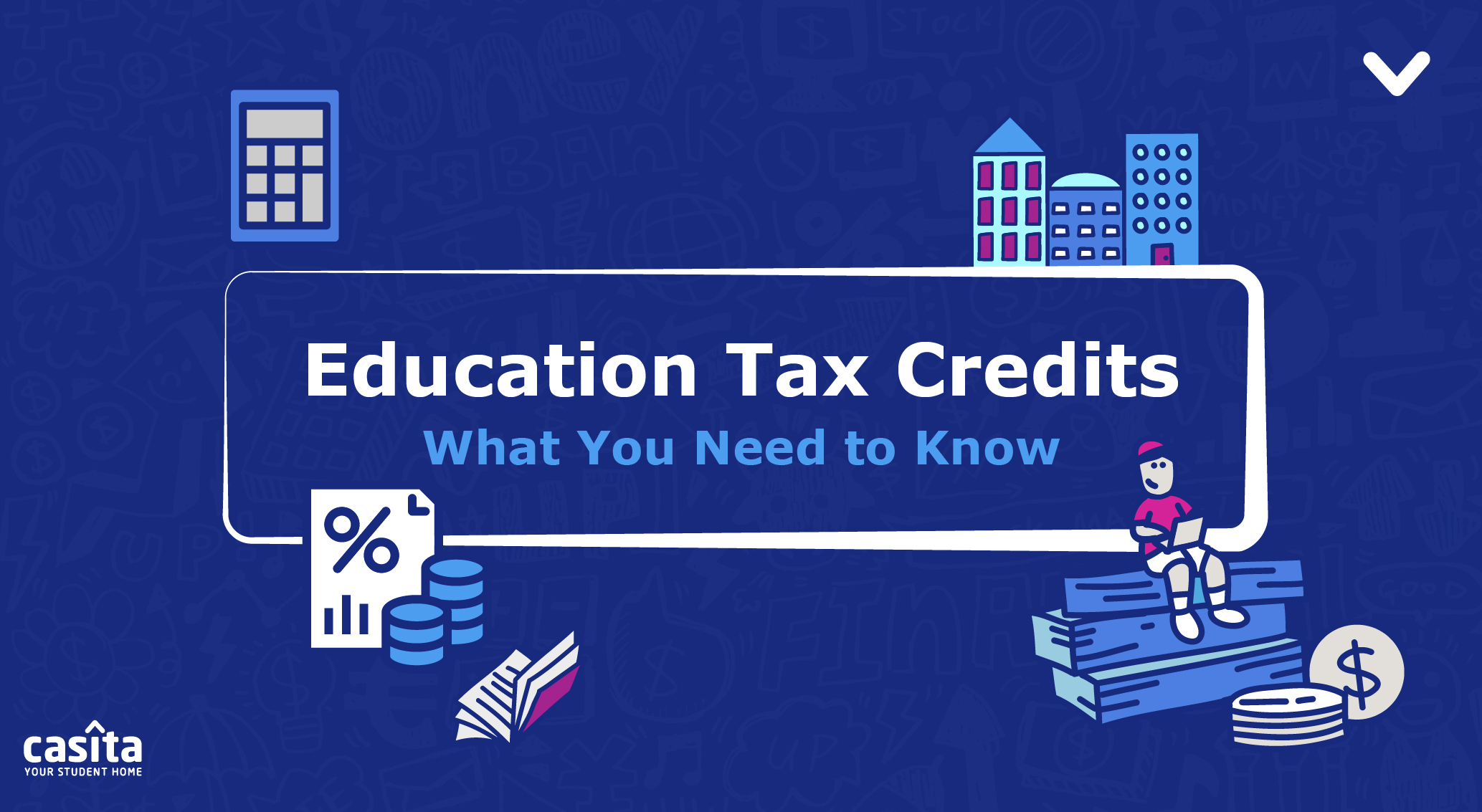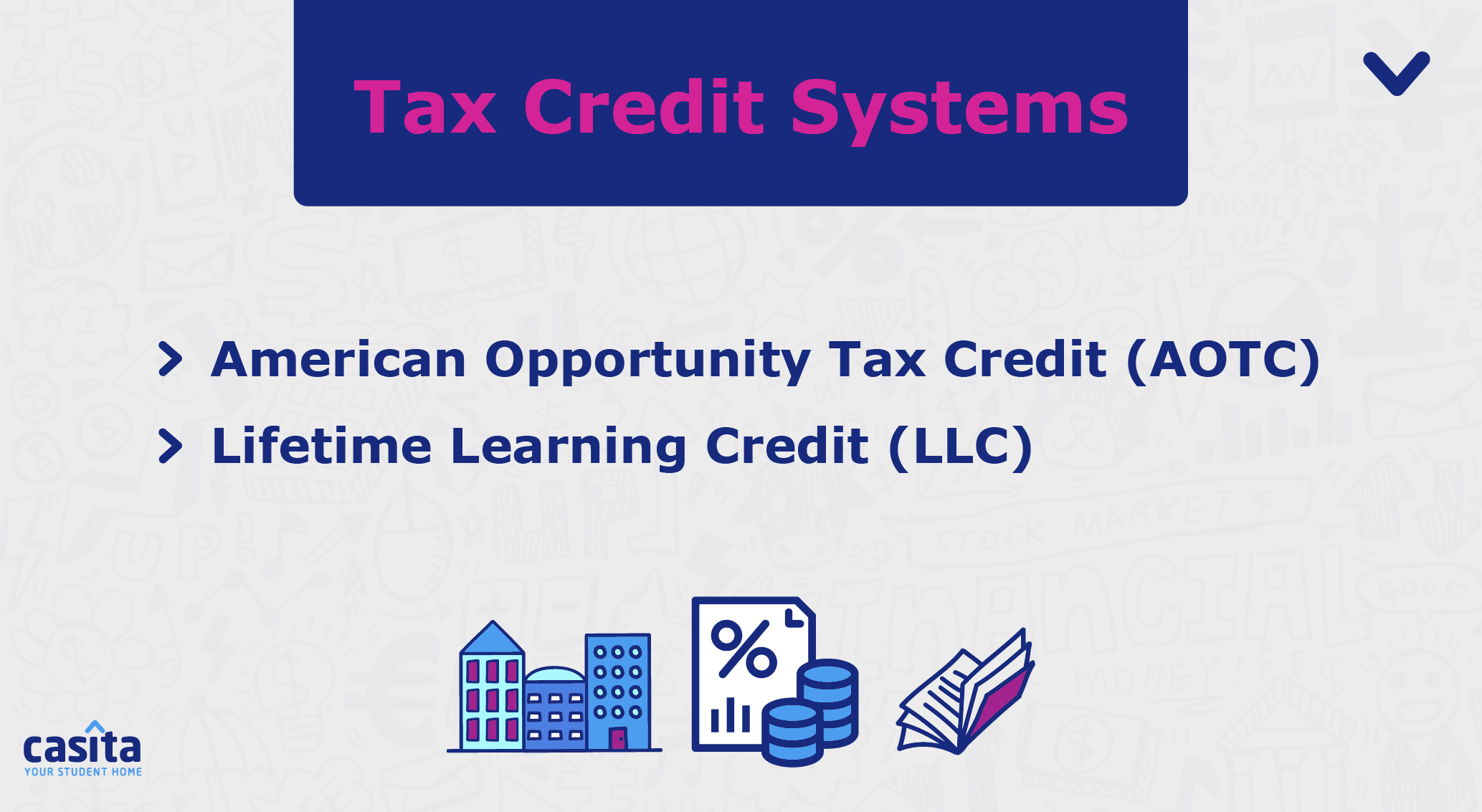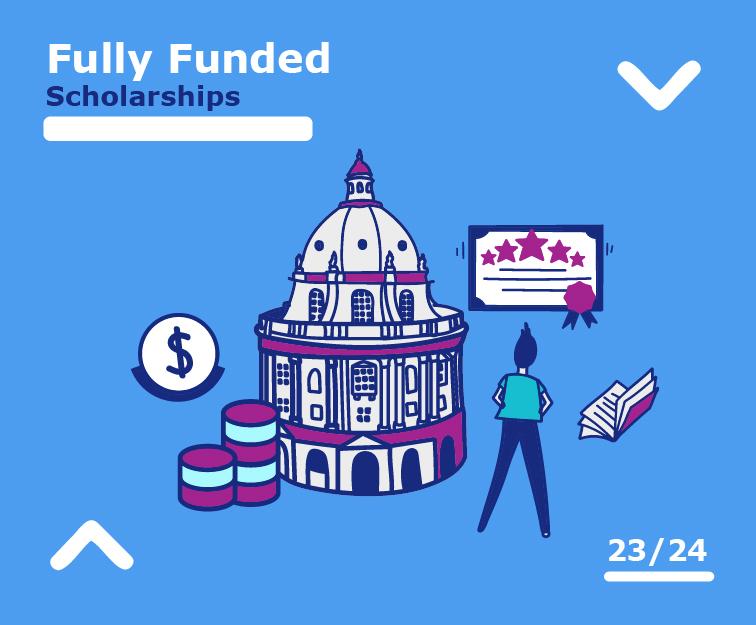Education Tax Credits: What You Need to Know
Tips and Advice
Student Finance
5 mins read
Share

Updated at: 25 November, 2025
Published at: 20 September, 2023
By Samir Badawy
Education Tax Credits: What You Need to Know
Tips and Advice
Student Finance
5 mins read

Updated at: 25 November, 2025
Published at: 20 September, 2023
By Samir Badawy
Share
We all know how studying can get expensive, which is why many may resort to family support or even opt for student loans or scholarships if they’re high-achieving students. Luckily, there have been an increasing number of solutions for students worldwide to get the education they deserve, with many institutions trying to be as inclusive as possible and provide equal access to education. One of such student finance methods found in the USA is the education tax credit, which will be discussed in further detail.

Understanding Education Tax Credits
If you’re getting financial aid from a taxpayer who can be your parent or spouse, they can be eligible for education tax credits if they are taxpayers (this may differ based on some income restrictions). If you’re wondering how the education tax credit works, it occurs when a taxpayer registers tuition fees as expenses on their tax returns.
Tax credits have two types: the American Opportunity Tax Credit (AOTC), which applies to post-secondary education, and the Lifetime Learning Credit (LLC), which applies to any level/years of higher education. Both of the tax credits cannot be claimed by the same student during the same year.
Education Tax Credit Terminologies
To understand the following sections, we’ll break down some important concepts and terminologies to know regarding both Education Tax Credit Systems.
IRS
The IRS is the USA’s Tax authority, which also stands for “Internal Revenue Services”. They are part of the US Treasury Department and collect and administer taxes to and from US Taxpayers. It also routinely performs checks to ensure that taxpayers adhere to the law.
Modified Adjusted Gross Income ( MAGI)
A modified adjusted gross income (MAGI) is the adjusted gross income after factoring in allowable deductions and tax penalties (Mainly student loan interest). A gross income is your total income without any deductions, such as taxes, while an adjusted gross income (AGI) is your gross income adjusted to fit the deductions permitted by the IRS.
This reduces your taxable income. Such deductions include Educator expenses, Early withdrawal penalties on savings, Student loan interest deductions, and more. After more deductions, you are left with your MAGI. So, in simple terms, MAGI is just AGI with more deductions.
For more information about AGI, refer to the IRS 1040 Instruction Form.
Tax Return
Tax Returns are forms issued by tax authorities used for reporting your expenses, earnings, and other tax-related information. These are generally filled out annually, allowing taxpayers to calculate their tax liability, schedule their tax payments, and request refunds for overpayments.
Tax Liability
Tax liabilities are simply the tax amount that you owe your tax authority. In short, it is the money that you owe the government.
Tax Burden
A tax burden is your tax paid, which makes up a proportion of the total income in a specific period.
Single Filers and Joint Filers
Single Filers pay their taxes alone, while joint filers, who are typically married, file their taxes together and pay a single tax rather than paying separately.
Now that you’re familiar with these terms, keep reading to learn everything you need to know about both education tax credit systems and which one works best for you.
AOTC and LLC
In this section, we’ll break down the common requirements for both education tax credits and explain each system in detail.
General Requirements
Firstly, regarding the common requirements, the first is that the taxpayer applying for this tax credit is actually paying tuition expenses for your spouse or a dependent; these can be paid by your dependent or through a third party. This dependent must also be listed on your tax return, and lastly, your dependent must also be enrolled in an eligible educational institution.

AOTC
The AOTC, also known as the American Opportunity Tax, is for students who have yet to complete their first years of higher education. Another requirement is that these students did not apply for this tax credit for more than four years prior to their application. The student must also not be a convict, be at least enrolled for half the time during an academic year, and fall within the tax year.
Regarding income limits, you cannot claim an AOTC if your modified adjusted gross income is beyond $90,000 as a single taxpayer or $180,000 for married taxpayers who have filed jointly.
When claiming your AOTC, you will first be able to claim the full amount of the first $2,000 spent, so 100% of that $2,000, and later 25% of the next $2,000 spent. With that said, you can get a refund of $2,500 when you spend $4,000 on qualifying education expenses.
If the AOTC reduces your Tax burden to zero, the IRS will refund 40% of that $2,500 via check, so the maximum refundable portion of that amount will be $1,000, which is (40% × $2,500). The AOTC is only a partial refund. Yet, it can still make a difference in reducing costs spent on your education, such as books, supplies, and equipment.
LLC
LLC, also known as the Lifetime Learning Credit, has broader eligibility compared to the AOTC and covers more institutions, which also include vocational colleges and professional degree programmes, not to mention the traditional four-year institutions for both undergraduate and post-graduate levels.
To qualify for the LLC, you must be enrolled in any of the previously mentioned institutions so that you can improve your job skills or earn educational credits. You should be enrolled for at least one academic year so that you can use this education tax credit. If your institution is defined by the IRS, you will be given a Form 1098-T Tuition Statement.
To qualify for your education tax credit, you must have a modified adjusted gross income, also known as MAGI, of anywhere between $80,000 and $90,000 for single filers and, for joint filers, no more than $160,000 to $180,000. Keep in mind that the MAGI used for this education tax credit system hasn’t been adjusted for inflation as of December 31, 2020.
Regarding how much you can claim from this education tax credit, the maximum amount you can claim is 20% of the first $10,000 spent. Unlike the AOTC, however, it is non-refundable. What it will simply do is work towards reducing your tax liability.

Similarities and Differences
Both the AOTC and the LLC Education Tax Credits systems work on reducing your study-related expenses by either giving you a refund or working towards simply reducing the amount you owe.
One of the main differences between both education tax credits is the amount refunded or reduced from your tax liability, with the AOTC having a maximum of $2,500 while the LLC has a maximum of $2,000.
The years to claim your education tax credits also differ, with the AOTC only being applicable for four tax years, while the LLC has a more flexible limit on the number of applications and can be claimed many times.
Other differences include academic period requirements, which differ for both education tax credit systems, with the AOTC requiring you to at least have a half-time enrollment during the academic period and the LLC requiring you to have at least one course during the academic period.
When pursuing a degree, it is always important to check your financing options, which can help both in the long and short term. It is crucial to understand that having student loans, for instance, can impact your future decisions. With that said, you or your sponsor can claim the credit and benefit from such education tax credits, which can reduce the amount of taxes owed over the number of years you study. This is done by claiming a tax refund on your income tax form if you are found to be an eligible student in any of the education tax credit systems.
You can also make use of some of the resources we offer, such as our guides on how to open a student bank account in the USA and our guide on how to apply to a university in the USA, among other resources found at this link.
Tips and Advice
Student Finance
By Samir Badawy
Share
Tips and Advice
Student Finance
Updated at:
Published at:
By Samir Badawy
Share




